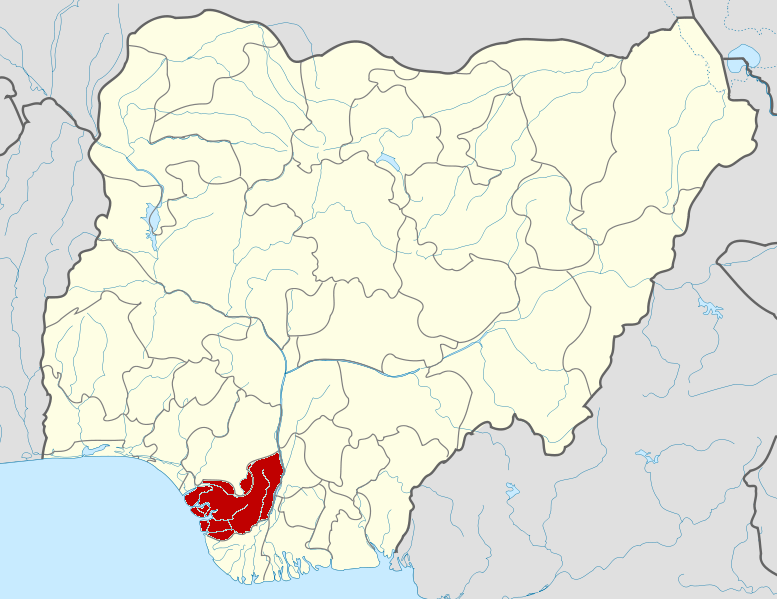New research says the world’s peatlands — squishy, waterlogged, buggy habitats — are vastly under-protected, despite the critical role they play in regulating the environment.
“17 per cent of peatlands are currently protected,” said Kemen Austin, lead author of the new research published in Conservation Letters and director of science at the Wildlife Conservation Society.
“Which is a big mismatch between the kind of global importance of these ecosystems and the level of their conservation management.”
That matters because peatlands are also under pressure of being drained or burned for new agriculture or development.
And despite Canada being home to a quarter of the world’s peatlands, the new research acknowledges there’s still a major gap in understanding exactly where these “ultra high-value ecosystems” are across this country.
Limited benchmark
Peatlands are important — the UN Environment Programme estimates as much as 600 billion tonnes of carbon are stored there, as decaying organic material gets trapped inside a water-rich environment. They also provide a habitat to a range of plant and animal species, in areas as diverse as the humid Congo basin to Canada’s cold north.
“In Canada, we have the Hudson Bay Lowlands,” explained Lorna Harris, an ecosystem scientist with Wildlife Conservation Society Canada and study co-author. “It is an area the size of Germany, it is all peatland and it’s a globally important carbon store.”
The new research used available maps of peatlands and compared them to maps of protected areas around the world, such as national parks and forest reserves. It also looked at where peatlands overlapped with Indigenous peoples’ lands, on the basis that Indigenous stewardship and governance typically results in less environmental damage. More than a million square kilometres of peatland exist within Indigenous people’s lands.
However, the study authors chose to omit this data for Canada, due to a lack of available data.
“We just do not have that information,” Harris explained from Edmonton. “There is no map that would accurately represent the rights and jurisdictions of Indigenous peoples across Canada.”
Had that information been available, the 17 per cent figure would likely be higher, the authors say. Experts not involved in the study say it points to one of the problems with studying peat.
“Actually, we don’t even have an authoritative map to tell us where all the peatlands are in Canada. So there’s still a lot of data gaps we’re working on,” said Kelly Bona, wetland research scientist with Environment and Climate Change Canada.
Colin McCarter, the Canada Research Chair in Climate Environmental Change at Nipissing University, explains how a group of researchers are dropping loads of peat moss in a Sudbury marsh to restore peatlands in the area.
Under threat
The study found a quarter of all peatlands are under pressure from human encroachment, with an estimated 15 per cent drained for agricultural purposes.

“It’s a pity,” said Taufik, a scientist who studies the peatlands at IPB University in Bogor, Indonesia, and goes by one name.
He says that draining the water is just the first impact.
“After drainage, [to] prepare land for farming for agriculture,” Taufik explained, “The most economical way to do that, it’s through burning. Because if we clear with machine, with instruments … it costs a lot of money.”
Bogged down
That doubly damaging effect of disrupting the water and then burning the land would also emit carbon, experts say. But it’s unclear how much — and how fast.

“Surely, it is emitted quicker if we dig it up than if we just leave it alone. But we don’t actually have a rate on that,” Bona said, adding that this is an active area of research.
What’s more certain is that these environments take thousands of years to build back up, and also play a role in absorbing a lot of rainwater — releasing it slowly in dryer times.
And there’s another concern for Canada’s peatlands, given the surge of interest in Ontario’s Ring of Fire, rich in materials needed for EV batteries.
“The Hudson Bay lowland, that huge area of mining that they argue is needed for the transition to green energy,” Harris described, “any disturbance … has huge impacts on the stability of those carbon stores.”
In other words, gaining critical minerals to lower the emissions of gas-powered cars and trucks may result in massive emissions from the disrupted peatlands.








